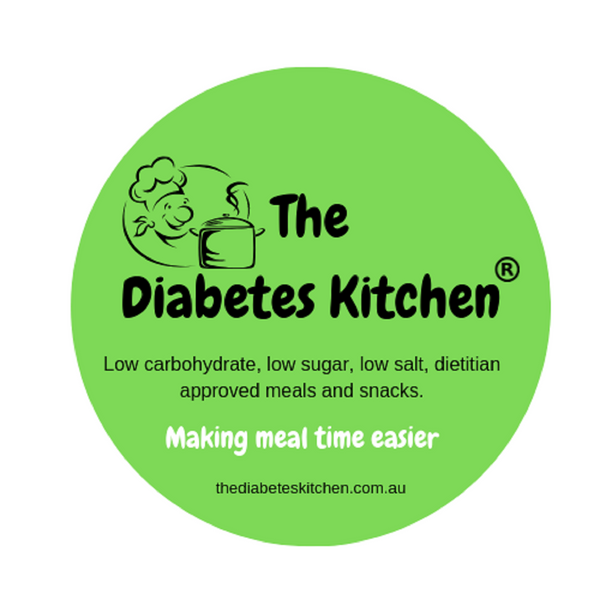In today's diet, sugar lurks in many surprising places, often added to enhance flavor or extend shelf life in foods that aren't traditionally considered sweet. Understanding where added and natural sugars hide is crucial for maintaining a balanced diet and managing health concerns like diabetes, obesity, and heart disease.
Unexpected Sources of Added Sugars:
- Sauces and Condiments: Ketchup, barbecue sauce, and salad dressings can contain significant amounts of added sugars. For example, a single tablespoon of ketchup might have around 4 grams of sugar.
- Bread: Many types of bread, especially processed white bread, include added sugars not only for taste but also to help with the yeast fermentation process.
- Yogurt: While yogurt is often marketed as a health food, many flavored yogurts are packed with added sugars. Plain yogurt naturally contains sugar in the form of lactose, but flavored varieties can have extra sugar for taste.
- Canned Fruit: Fruits canned in syrup are steeped in liquid that is often high in added sugars. Opting for fruit canned in water or natural juice can be a healthier choice.
- Instant Oatmeal: Flavored instant oatmeal packets can have added sugars to enhance their taste. Preparing plain oatmeal and adding fresh fruit or a small amount of honey can control sugar intake.
Natural Sugars in Foods: While natural sugars occur in fruits and dairy, and are generally considered healthier than added sugars, they still need to be consumed in moderation.
- Fruits: All fruits contain fructose, a natural sugar. The sugar content varies, with fruits like grapes, mangoes, and cherries on the higher end, while berries tend to have less.
- Vegetables: Some vegetables, such as sweet potatoes, beets, and corn, also have naturally occurring sugars, which give them their sweet flavor.
Impact and Recommendations: Consuming high amounts of added sugars can lead to various health issues. The American Heart Association recommends limiting added sugars to no more than 6 teaspoons (25 grams) per day for women and 9 teaspoons (38 grams) for men. To avoid unwanted sugars, read nutrition labels carefully, choose unsweetened or lightly sweetened products, and be mindful of portion sizes.
Understanding the difference between added and natural sugars and knowing where they hide is essential for making informed dietary choices. This awareness can lead to better health outcomes and a more balanced approach to eating.

